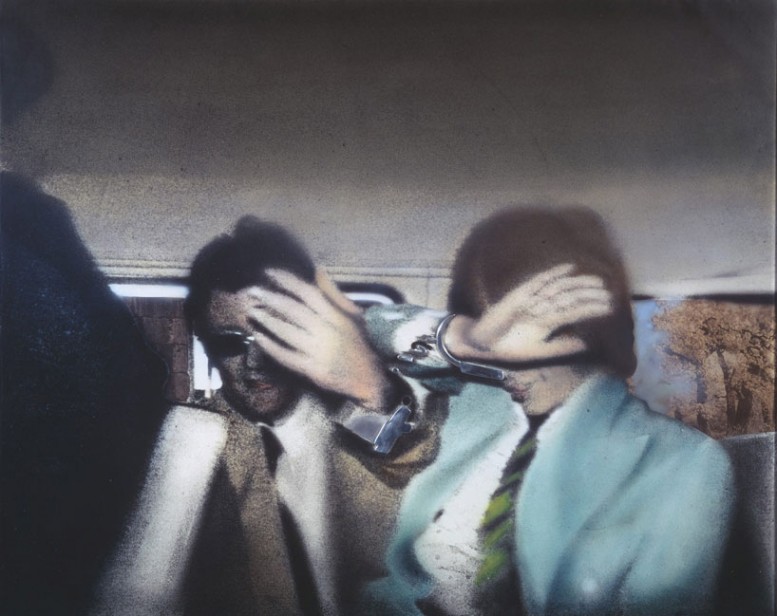This highly personal exhibition by one of Britain’s most influential artists traces an intriguing path leading to his unfinished and unseen final work, Le Chef-d’oeuvre inconnu – a painting in three parts.Up until his death at 89, Richard Hamilton (1922-2011) was planning this major exhibition of recent works conceived specifically for the National Gallery and including work never before seen by the public. The exhibition as a whole encapsulates many of the significant directions Hamilton’s art had taken over recent decades, when his international reputation soared. Richard Hamilton: The Late Works is on view from October 10 to January 13, 2013 a The National Gallery,Trafalgar Square, London WC2N 5DN
RICHARD HAMILTON 1922 - 2011
British artist Richard Hamilton died yesterday London. His most well know artwork, a collage entitled Just what is it that makes today's homes so different, so appealing?, is considered one of the earliest examples of pop art. The above work, entitled Swingeing London 67, was a response after his his art dealer Robert Fraser was arrested and imprisoned for the possession of heroin. On 12 February 1967 the police raided a party at the Sussex farmhouse of Keith Richards where they found evidence of the consumption of various drugs. On 27 June 1967, Fraser and Mick Jagger were found guilty of the possession of illegal drugs. The following day the two men were handcuffed to each other and driven to court in a police van, where they were sentenced to six months and three months respectively. After the defence lawyer’s appeal, Jagger’s sentence was reduced to a fine but Fraser’s appeal was rejected and he spent four months in jail. The painting is derived from a press clipping. Richard Hamilton was preparing for a major traveling retrospective before he died.
The Persistence of Collage
linder_manchester_persistence_of_collage



